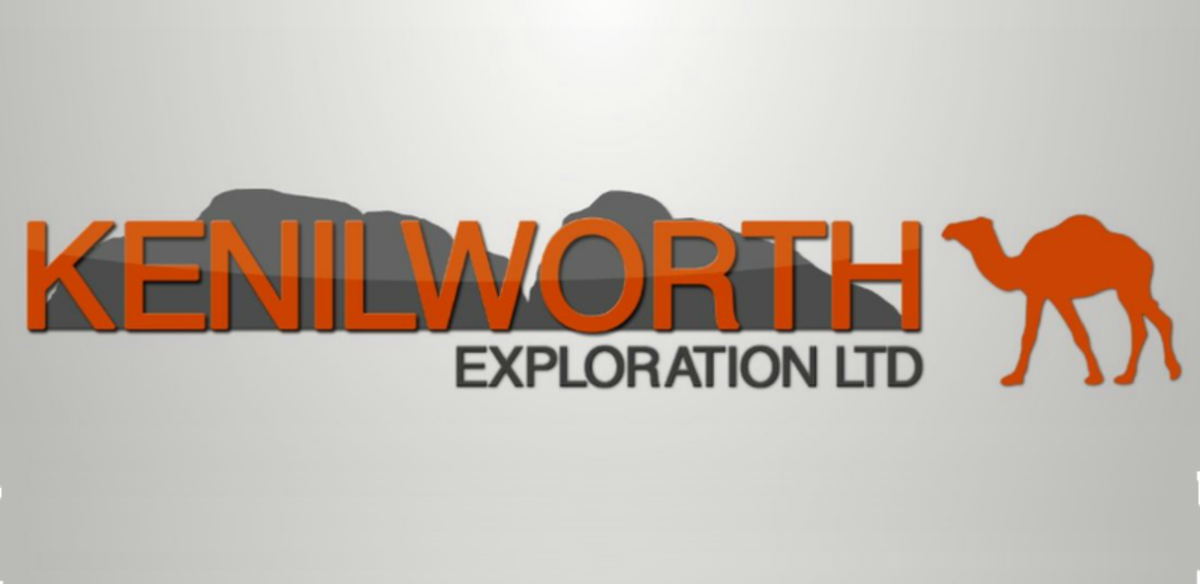
Bitcoin-based investment platforms have had a long and colorful history in the past two years. The idea first started with the Global Bitcoin Stock Exchange, launched in April 2011. The exchange picked up quickly, with mining companies and the in-person Bitcoin exchange Ubitex as the first IPOs, but within months the exchange ran into its downfall: quality control. In December, the GLBSE-based Lambert Investment Funds, a fund which invested in other GLBSE assets, was forced to shut down because many of their investments turned out to be scams, and in August 2012 the GLBSE suffered a further blow as a $5 million Ponzi scheme suddenly disappeared, taking nearly half the GLBSE “economy” with it. Not long after, the GLBSE itself shut down for legal reasons. Since then, however, other platforms with much better quality control have taken the GLBSE’s place, and Bitcoin investments have seen a massive, but quiet, renaissance. The gambling site SatoshiDice and the Bitcoin mining company ASICMiner are listed on trading platforms MPEX and BitFunder with market capitalizations of $25 million and over $130 million, respectively, and BitFunder has over a dozen assets listed on the site, including such mundane businesses as the T-shirt vendor Bitcoin Pride.
Now, an Australian mining company is about to take the Bitcoin stock markets to the next level. At the beginning of June, Kenilworth Exploration, a mineral exploration company located in the Lachlan Fold Belt in New South Wales, Australia, announced that it will be raising its first $925,000 round of funding using BitFunder. This sets a new first in the Bitcoin economy; although there have been many businesses in industries as diverse as Bitcoin exchange, Bitcoin mining, promotional clothing and gambling raising money from Bitcoin investors through such platforms, Kenilworth Exploration is the first business from outside the Bitcoin community to seek investment from Bitcoin users.
The backstory of the company begins at the turn of the century. In 2000, the Prendergast family bought a 96,000-acre farm in New South Wales, Australia, and in 2001 prospectors found a number of unexplored mineral deposits in the area. Kenilworth Exploration was founded in 2006 as a Prendergast family-owned business, and in 2010 the company purchased three exploration licenses. The company also secured a 50 stake in three additional licenses by partnering with Thomson Resources Ltd, an accredited mining company which is also based in Australia, and in 2012 Kenilworth filed to become a public company, although without immediately listing on any actual exchange.
Kenilworth’s founders first found out about Bitcoin in just the same way as so many of the rest of us. “In 2011,” Daniel Prendergast explains, “I was reading an article on Slashdot and was really interested in the emerging technology that is Bitcoin. I was studying for my medical exams and, in a moment of procrastination, I thought that there could be a great link between my dad’s company and Bitcoin. Once Bitcoin spiked above 100, I knew it was going to be a viable option, I found BitFunder, and we made contact.” As for why the company’s board was so eager to go along with the alternative funding method, as Daniel’s father and Kenilworth chairman Patrick Prendergast describes it, there was nowhere else to turn. “Mineral exploration globally is in serious decline because of the economic downturn, and the raw material supply [available in the earth] of copper started declining, so the industry fell down and everyone stayed with the companies that were still above ground.” The result of the consolidation: an oligopoly, with all the standard inefficiencies and pitfalls. “The established companies have such huge overheads, that out of every $1000 they’re spending $600 just to stay afloat.” Other mining companies have tried raising funds on conventional stock exchanges, but as of yet none have succeeded.
The Bitcoin markets, however, are a completely different animal. Traditional stock exchanges have a reputation for being largely dominated by mutual funds, billionaires and institutional investors such as banks, but Bitcoin users tend to be young and middle-aged tech entrepreneurs, a very different demographic. Additionally, the barriers to entry are far lower; there are no complex registration processes, there is only a two-minute signup and a one-hour Bitcoin deposit to get on BitFunder. Even someone with only $25 to invest can participate. The Prendergasts are hoping that this unique advantage of Bitcoin, the ability to serve as an efficient method of crowd funding, will be what allows them to succeed where many other companies have failed.
Kenilworth itself is adopting a strategy that has already become very popular among many in the tech community. “We’re a virtual company,” Prendergast explains. Kenilworth Exploration is responsible for collecting the funds, paying for the exploration licenses and the electromagnetic scans, and for “keeping things together”, but the company itself will do very little internally. Instead, the company has hired contractors to do nearly all of the actual work. The company has already enlisted the services of SRK Consultancy Ltd to conduct an independent geological valuation, which found that “the Kenilworth licences sit in prospective geological addresses similar to that of the world class Peak Gold Mine, hosting shear/structural land formations that cultivate significant gold and copper mineralisation, as well as possible porphyry styles that are conducive towards gold-rich and copper-rich resource findings.” As a result, Kenilworth’s three exploration licenses “have a median valuation of US$ 19.1 million with a minimum valuation of US$ 3.5 million, and a maximum valuation of US$ 264 million.”
Investors have a good deal; the shares on BitFunder are being sold at a market capitalization of only $5.4 million. The next phase will be to use the $925,000 funding that Kenilworth ideally prefers to receive entirely from the Bitcoin community to fund the next phase of exploration: a high-powered electromagnetic helicopter survey. After this scan, the company will once again seek a mineral asset accredited company, perhaps also SRK, to conduct another geological valuation; at this point, it is expected that the valuation will be “many times higher” than the original $19 million; at this point, Prendergast expects $50-$70 million. At this point, there will be two further funding rounds at higher valuations, which will pay for the actual drilling program. For this too Kenilworth intends to use the services of an existing accredited mining company such as Thomson Resources, and the way the company goes from there will depend heavily on the precise nature of the contract. Kenilworth may simply sell off its licenses to its mining partner, delivering a large payoff to investors on the spot, or it may simply end up collecting royalties and paying out dividends over time. Either way, however, BitFunder acts as a fully functional stock exchange, so investors are free to cash out at any time at a potentially massively increased share price.
Of course, Kenilworth may well not get the entire $925,000; the Bitcoin economy is riddled with businesses which, seeing the massive success of companies like ASICMiner and SatoshiDice, sought to get large amounts of funding themselves, but only ended up getting as little as $10 for their trouble. However, there are backup plans. If Kenilworth does not get $925,000, they will simply start the helicopter survey one exploration license at a time; the smallest amount of funding that the company will need to get to start is $250,000. Once the first survey goes successfully, it will be much easier for Kenilworth to acquire additional funding. If Butterfly Labs, a Bitcoin mining company, managed to secure $250,000 worth of pre-orders within 24 hours of their launch in June 2012, it is not hard to imagine the real-world mining company Kenilworth Exploration receiving at least $250,000 within two months in June 2013.
Being the first non-Bitcoin company to seek funding from Bitcoin user “can be a little daunting,” Patrick Prendergast admits. “We have to ensure that the money from BitFunder gets to the various subcontractors, but there is no precedent to follow, so accountants and solicitors get a bit nervous. I think that’s why there is not a crowd of other companies doing this, and so we have to lead the way. If we do this, there are many others who could follow suit.” Legal issues are also an unknown, although there are no obvious reasons to believe the government would attempt to crack down; Kenilworth is a public company, making the situation much simpler as there are no restrictions on who the company can receive money from. Ordinarily, such a step would be very difficult for a public company to take; in Kenilworth’s case, however, the vast majority of the company ownership remains in the Prendergast family’s hands, allowing the family to make the decision unilaterally. Even so, the company’s board is very supportive of the decision regardless.
At this point, what the company needs more than anything else is attention; although there is no reason why they cannot raise $250,000, or even the full $925,000, from the Bitcoin community within two months, they need to make potential investors aware of their existence in order to do so. There are many untapped markets to explore; Bitcoin has been very popular in China recently, with even more Bitcoin-Qt downloads in China than the United States since mid-April this year. “The Chinese love Australia and are very interested in mineral exploration,” Prendergast believes, and so there is no reason why a large portion of the funding cannot come from Chinese Bitcoin users. Anyone looking to expand their investment portfolio beyond just technology should well consider Kenilworth as a unique, and potentially highly lucrative, opportunity. Although, if they succeed, their interest in the Bitcoin markets will hopefully not be nearly so unique two or five years down the line.










